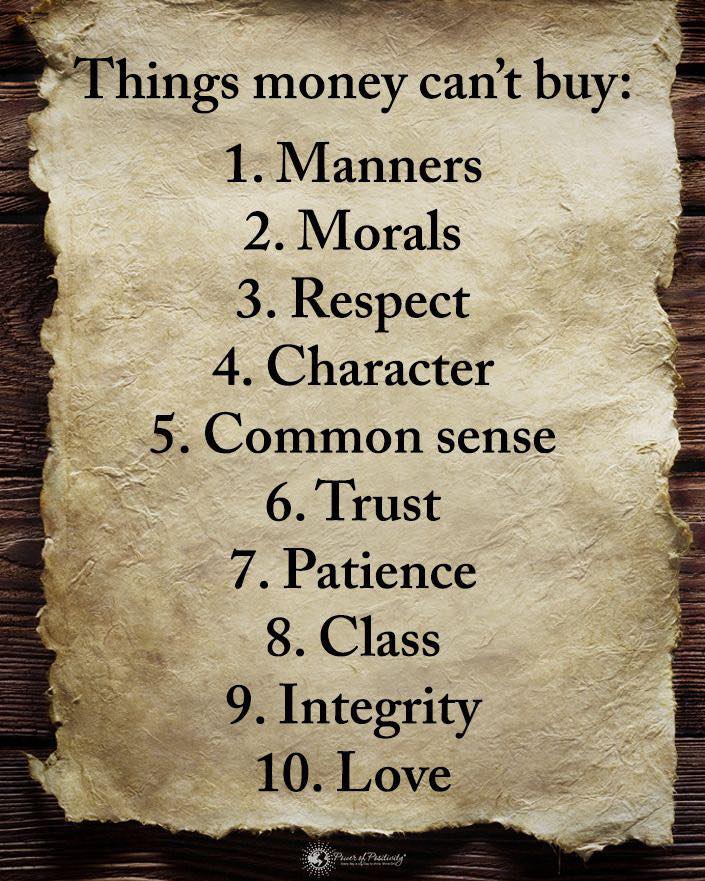When people think of an eco-friendly lifestyle, they don’t often consider the fashion industry. You might think of minimizing plastic waste as not using straws, investing in a reusable water bottle, or opting for paper grocery bags to make a more sustainable environment. While these actions are beneficial, the fashion industry is one of the largest sources of plastic waste.
The fast fashion industry and online influencers often promote having a new outfit for every life experience. This situation leads to throwing away clothes and filling the landfill with items that won’t decompose into the soil.
Sustainable fashion involves an environmentally friendly design, creation, and distribution. Ethical fashion is a similar concept that relates to the treatment and rights of workers. For vegans, it also relates to avoiding using parts of animals, including fibers. Many satchel bags are now made from eco-friendly materials, aligning with both sustainable and ethical fashion principles.
Why Most of the Fashion Industry Is Not Sustainable
Sustainability in the fashion industry must involve methods that will continue to be effective long-term. However, the fast fashion industry is widespread and involves clothes purchased at low prices. When this occurs, people often wear the pieces only a few times before throwing them away.
The fast fashion industry isn’t sustainable because it uses natural resources at high rates. It also exploits workers and produces lots of waste. These brands can market at least one new clothing collection weekly, while sustainable brands might have one per season.
Fast fashion and new trends increase product demand, leading to mass production at the lowest possible cost. Brands want to give consumers what they desire and cultivate a culture of replacing clothing too quickly.
Experts indicate that over thirteen million tons of clothing and footwear waste occurred within one year. Of the thirteen million tons, more than half ended up in landfills.

Polyester and Other Plastics
The fashion industry uses many resources to produce clothing, including fossil fuels. Polyester is a petrochemical product that uses oil and gas to make the material. It has overtaken cotton as the leading material used in fashion.
The clothing industry can use polyester in many items, which holds up better than other options. It’s often marketed as a sustainable material because it doesn’t use water or land like cotton. However, it uses other natural resources and leads to further detrimental emissions.
Research shows that polyester also uses large amounts of energy during production. In one year, producing clothes emitted 282 billion tons of carbon dioxide. With that being the case, it radiated triple the amount of carbon dioxide as cotton production.
Other plastics used in fashion include nylon, acrylic, and elastane. The plastics used in clothes are hard to recycle, leading to increased waste.
Polyester and other plastics shed tiny plastics called microplastics that pollute oceans, freshwater, and land. It also can cause inhibited growth and reproduction in animals and deformities in marine life.
The Collapse of the Rana Plaza Factory
Producing cheap clothes might be inexpensive for the consumer, but it’s highly detrimental to others and our environment. One instance is the Rana Plaza factory collapse in Bangladesh, where more than 1,132 people lost their lives. This collapse isn’t the only tragic accident inside fast fashion factories.
Tragedies like these can show how costly seemingly cheap items are. Factories are not maintained appropriately, and they don’t prioritize employee well-being. Many factories contribute to building collapses and fire incidents without standards and proper maintenance.
In Bangladesh, factory workers earn some of the lowest wages in the world. Many employees are women and girls, and work-related accidents and death are common. The factories also pour toxins into the planet, potentially causing diseases.
There Is Hope for the Fashion Industry
While this information might feel overwhelming, there is hope for sustainability in the fashion industry. They can use organic materials, biodegradable dyes, and engineer products with zero waste. Some brands already utilize these techniques, and you can find many sustainable options.
Some of the Things to Look for When Investing in Sustainable Clothing
You can start making changes while the fashion industry and consumers are still learning. These changes help promote sustainability, and you’ll support brands who make an effort.
The things to look for include:
- Low-impact organic materials: This type of material couple includes hemp, linen, silk, wool, cotton, cellulose fibers, and leather. These options are biodegradable and can compost into the soil rather than sitting in a landfill.
- Pre-existing materials: Look for manufacturers that use recycled fibers, up-cycled materials, and deadstock fabric. Deadstock fabric is a material that was never used and would otherwise be thrown away.
- Eco-friendly dyes: The dyes and textile treatment processes can be toxic. Look for eco-friendly options to do your part.
- Low waste designs: Design often involves cutting out patterns and having leftover material. Low-waste designs find ways to reduce material waste, use less water, and decrease energy use during the manufacturing process.
- Locally made: There’s less shipping involved when choosing clothes made close to home, reducing the carbon footprint.
4 Tips to Help Fashionistas Make Sustainable Choices
Sustainability in the fashion industry isn’t only about one concept. It includes multiple ways to achieve the goal of sustainability. Understanding the sustainability steps for fashion can help you make beneficial changes in your life.

1 – Do Your Part to Eliminate Purchases of New Clothes
Avoiding purchases of new clothes doesn’t only apply to what you purchase. It also applies to what you do with your unwanted garments.
Donating or reselling your used clothes eases the environmental burden of producing new garments. Right now, less than 15% of clothing gets donated or recycled.
Additionally, doing your part means avoiding buying new clothes. Instead, shopping secondhand can offer styles you love while easing the environmental burden.
One idea is to search for a used option online when you see something you love that’s brand new. You can get the same item for a lower cost while promoting sustainability. If you don’t love online shopping, you can browse resale shops for pieces you love.
You can also find used sustainable clothing that is durable and long-lasting. When you shop this way, you’ll have pieces that last for years before becoming worn out.
2 – Find Brands that Use Sustainable Fashion
Some companies are working toward using more recycled and eco-friendly materials to promote sustainability. Experts indicate that making one pair of jeans takes 1,800 gallons of water. Producing clothes leaves a carbon footprint, but some brands have turned toward sustainability.
Changing how you shop and opting for sustainable brands can make a difference. In the past, sustainable clothing was unaffordable or unattractive to some consumers. But that is slowly beginning to change. Some brands make attractive pieces sustainably, allowing you the best of both worlds.
However, you must be careful of greenwashing, which occurs when a brand says they’re sustainable when they’re not. Some brands will claim to make sustainable changes to increase sales.
Commonly, you’ll see brands using green graphics to imply sustainability. They’ll also ask you to donate your old clothes and offer rewards if you do. These greenwashing brands still encourage you to buy new items and don’t change the unsustainable production methods.
Do research before changing your shopping habits by buying sustainable items. Researching sustainable brands can help you determine the ones that align with your values.
3 – Focus on Choosing Timeless and Evergreen Trends
Fashion repeats itself, and pieces in style decades ago are becoming popular again. Choose high-quality items that won’t quickly go out of style so you can reuse them long-term.
Choosing clothing that isn’t seasonal can help, too. You won’t have to buy so much if you have pieces that will work in your wardrobe all year. Your clothes likely have more ways to style them so you can use them throughout the year.
4 – Learn to Repair or Repurpose Your Clothes
Making clothes allows you to make ethical choices and create pieces you love. Learning how to sew can help, allowing you to fix holes or breakage instead of throwing things out.
You can also learn to make new fashion pieces by upcycling what you already have. It allows you to have something new and unique without giving into the fast fashion industry. You don’t have to know how to cut, stitch, or re-stitch (although it could be a handy skill) because there are other options.
Consider bleaching jeans, repainting old clothing or shoes, adding a design, or using tie-dye. Once you become comfortable upcycling your clothes, you can practice new methods or ask someone to help you with your idea.

Final Thoughts on Making More Sustainable Fashion Choices
The fashion industry is detrimental to our climate as it uses high amounts of fossil fuels. It can also be dangerous to employees and people near factories. However, you can help make a change by implementing these sustainability steps for fashion.
Sustainable fashion, including design, manufacturing, usefulness, and distribution methods, is environmentally friendly. You can make changes in your life to do your part in sustainability and give your money to brands that make positive changes.



















